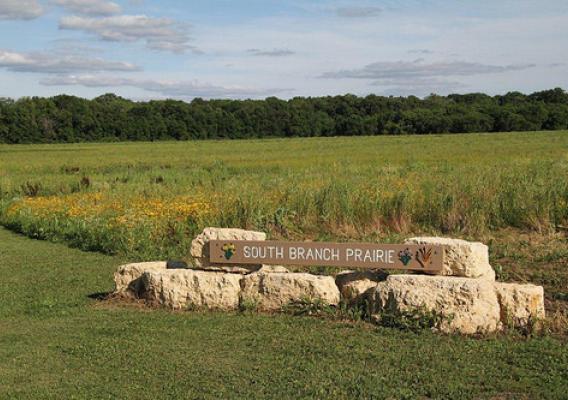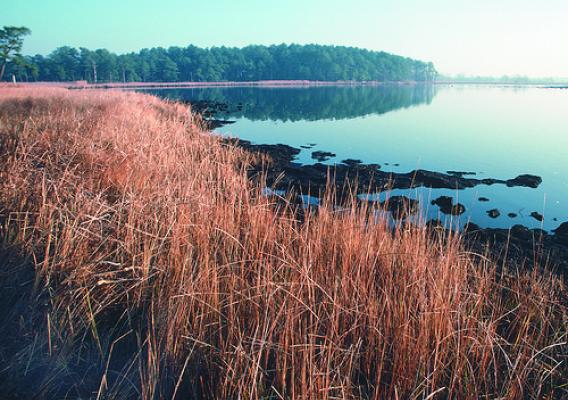This post is part of the Science Tuesday feature series on the USDA blog. Check back each week as we showcase stories and news from the USDA’s rich science and research portfolio.
There’s no farming without water. Recent droughts in the United States and elsewhere underscore our need to conserve water in agricultural production, and studies have identified agricultural management practices that help protect water quality. USDA’s Agricultural Research Service (ARS) researchers are making key contributions to these efforts.
For instance, ARS scientists use moisture information collected by satellites to develop the Evaporative Stress Index. In 2012, this tool predicted that drought conditions were developing weeks before other drought monitoring networks made the same call. ARS researchers also use satellite data to design methods of estimating rainfall amounts in regions where setting up sampling stations would be a challenge, work that has long-range potential for improving precipitation estimates globally.









